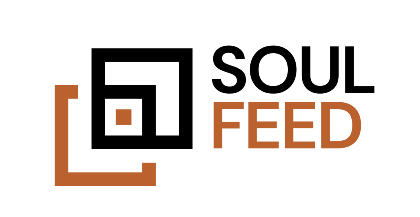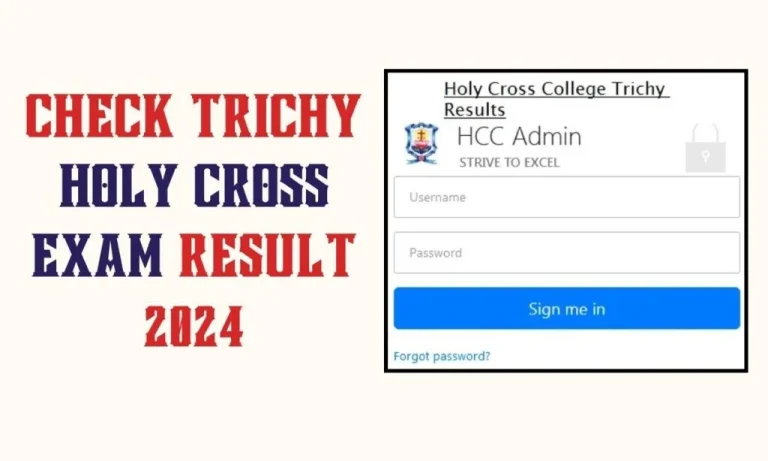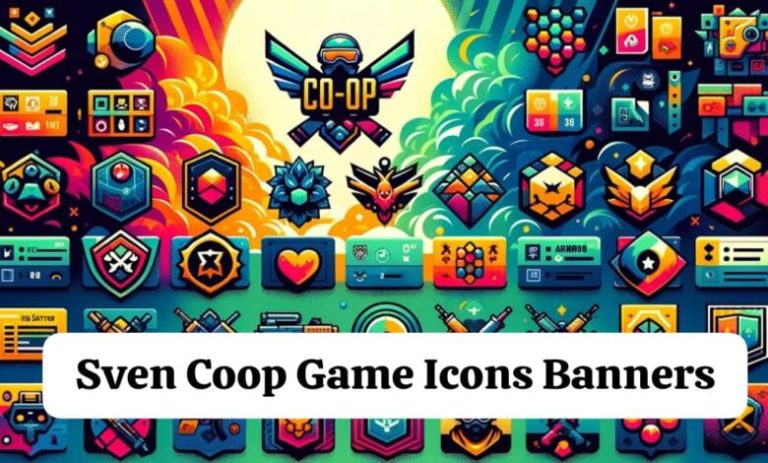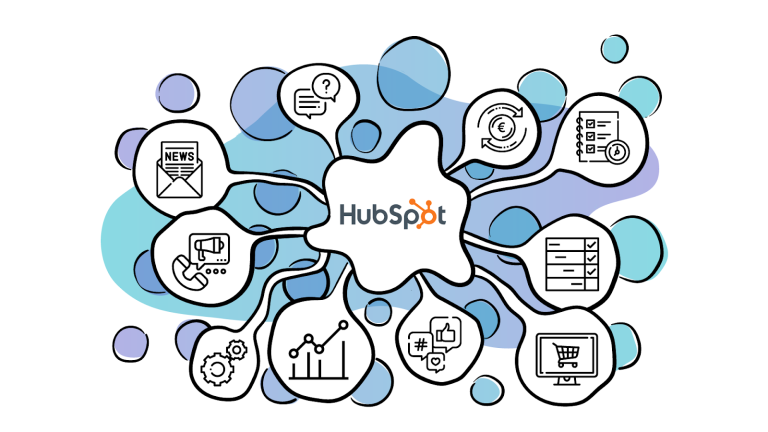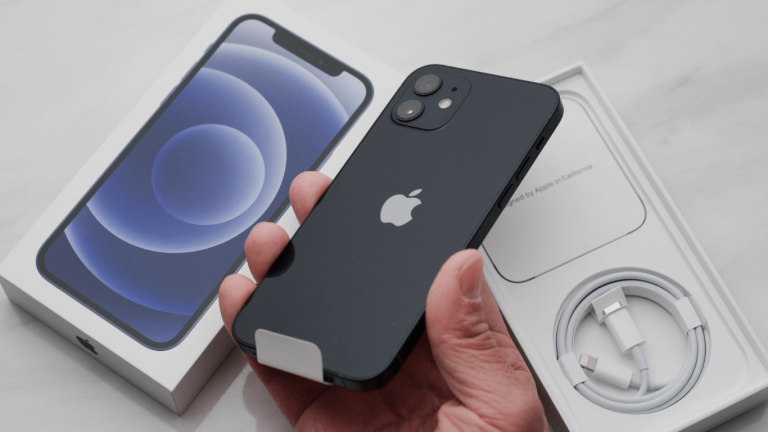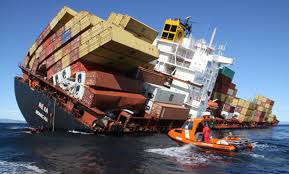Minecraft (2009) Game Icons Banners
Since its release in 2009, Minecraft has become a cultural phenomenon, captivating millions of players worldwide with its open-world sandbox mechanics and endless creativity. While the gameplay is undeniably the heart of Minecraft’s appeal, one often overlooked aspect of the game is its unique use of icons and banners. These graphic elements play a significant role in customizing your Minecraft experience, whether it’s representing teams, marking territories, or simply adding personal flair to your builds.
In this post, we’ll take a deep dive into Minecraft (2009) Game Icons Banners, exploring their design, functionality, and how they’ve evolved since 2009. Whether you’re a seasoned player or a newcomer to the blocky universe, understanding these elements can enhance your experience and help you create a more personalized world.
The Significance of Minecraft (2009) Game Icons Banners
Icons in Minecraft serve multiple purposes, from identifying tools and items to representing in-game elements such as achievements, maps, and character statuses. Here are some key types of icons you’ll encounter:
1. Item and Tool Icons
Each item in Minecraft, whether it’s a block, tool, or resource, is represented by an icon in your inventory. These icons are more than just placeholders—they give players instant visual recognition of what’s available to them. Tools such as pickaxes, swords, and axes all have distinct icons, allowing players to quickly find what they need in the heat of battle or during building.
Over the years, Minecraft’s item icons have evolved with updates, becoming more detailed and colorful. For instance, with updates like the Nether Update and Caves & Cliffs, new icons have been introduced for resources like netherite and amethyst, showcasing the game’s growing complexity.
2. Achievement Icons
Achievements (or advancements in later versions) are a core part of Minecraft’s progression system. These milestones are marked with unique icons that represent each accomplishment, such as crafting your first pickaxe or defeating the Ender Dragon. These icons serve as both motivation and a reminder of your in-game successes.
For example, the achievement for slaying the Ender Dragon comes with a distinct dragon icon, which is a symbol of ultimate mastery in the game.
3. Map Icons
Maps in Minecraft are invaluable tools for navigation, and they come with their own set of icons. In multiplayer mode or with a map in hand, you can see icons representing players, waypoints, and even important landmarks. The use of player heads as map icons adds a personal touch, allowing for better coordination in large multiplayer worlds.
Banners in Minecraft: A World of Customization
Banners in Minecraft are highly customizable decorative blocks used to add a personal or aesthetic touch to builds. Introduced in Minecraft 1.8 (Bountiful Update), banners have since become a staple for players looking to create flags, signs, or unique markers in their worlds. Here’s a closer look at how banners work and their importance in the game:
1. Banner Crafting Basics
Crafting a banner in Minecraft is straightforward. The base material for a banner is wool, combined with a stick. The color of the wool determines the banner’s primary color. From there, you can add up to six layers of patterns using dyes, offering countless design possibilities.
Some of the popular patterns include:
- Stripes: Vertical, horizontal, or diagonal stripes can be applied using dyes to create simple but effective designs.
- Creeper Face: This iconic pattern is made using a Creeper Head and adds a menacing look to any banner.
- Skull & Crossbones: Crafted using a Wither Skeleton Skull, this design is perfect for pirate-themed builds or marking dangerous areas.
2. Using Banners for Identification
In multiplayer servers, banners are often used to represent teams, factions, or territories. A well-designed banner can become a symbol of power, allegiance, or even intimidation. For example, players can create banners that represent different kingdoms in PvP or role-playing servers. Banners can be placed on shields for a more personalized defense in combat, adding both flair and identity to your armor.
3. Mapping with Banners
A lesser-known feature is the ability to use banners in conjunction with maps. Players can place a banner in the world and then mark its location on a map by clicking on the banner with the map in hand. This feature allows players to create custom waypoints, making it easier to navigate large worlds.
4. Custom Banner Designs with the Loom
In Minecraft 1.14 (Village & Pillage Update), the loom was introduced as a new way to design banners more efficiently. Instead of the old crafting grid method, the loom provides a simple interface where you can select patterns and apply dyes with ease. This tool has made banner design more accessible and has encouraged players to experiment with intricate patterns.
5. Popular Banner Designs
Since the introduction of banners, the Minecraft community has produced some truly stunning designs. Some popular ones include:
- National Flags: Players have recreated real-world flags in Minecraft, from the United States to Japan, allowing for international flair in multiplayer servers.
- Creeper Face Banners: A fan-favorite design for adding a bit of Minecraft’s mob culture to your builds.
- Custom Clan Logos: For PvP factions or multiplayer role-play, custom clan or faction banners are often displayed on walls, shields, or even in battlefields.
Icon and Banner Mods: Taking Customization to the Next Level
While the vanilla game offers plenty of options for creating custom banners and icons, many players opt for mods to further expand their creative possibilities. Here are a few mods that add more flexibility to Minecraft’s icons and banners:
1. Custom NPCs Mod
This mod allows you to create fully customizable NPCs in Minecraft, and part of that customization includes unique banners and icons for different factions or characters. You can create custom crests, shields, and logos for entire NPC armies or settlements.
2. Resource Packs for Icon Overhauls
Resource packs are a great way to change the look of your item icons, tools, and even banners. Many resource packs add high-definition or stylistically different icons, which can completely transform the feel of the game. For instance, medieval-themed resource packs often overhaul icons and banners to suit the era, adding more immersive details.
3. Chisel and Bits
Although not directly related to icons and banners, the Chisel and Bits mod allows for highly detailed block design. Players use this to create pixel-perfect custom banners or wall art, adding a new layer of decoration beyond the traditional banner system.
Conclusion
Minecraft (2009) Game Icons Banners are more than just cosmetic features—they are integral to the game’s identity and user experience. Whether you’re designing banners to showcase your kingdom, using item icons to organize your inventory, or marking locations on maps with custom symbols, these graphic elements bring a unique layer of personalization to the game.
As Minecraft continues to evolve with new updates and expansions, so too will its customization options, making the creative potential of icons and banners virtually limitless. Whether you’re a casual player or a seasoned builder, learning how to leverage these features will undoubtedly enhance your gameplay and bring your Minecraft creations to life.
Final Thoughts
Now that you have a deeper understanding of Minecraft’s game icons and banners, what will you create next? The possibilities are endless—whether you’re flying your faction’s flag high or crafting a perfect inventory icon system, Minecraft provides the tools to make your mark. Happy crafting!
Latest Posts
